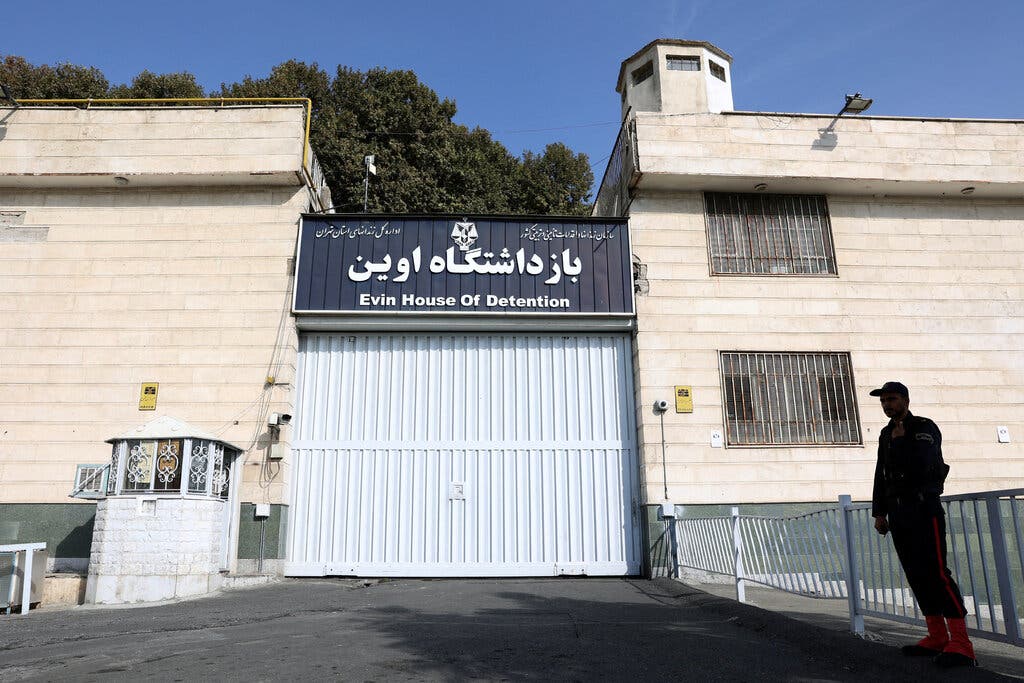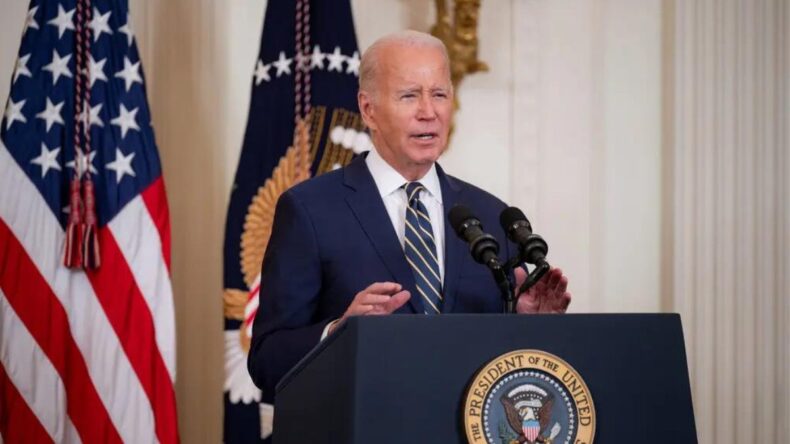In an unprecedented and historic stride, a monumental accord has been achieved between the United States and Iran. This groundbreaking agreement not only heralds the imminent release of five U.S. citizens unjustly held in Iran’s grasp but also opens the vault to unlock a staggering $6 billion in long-restricted funds for Iran. Emerging as a triumph born from relentless months of delicate negotiations, this resounding breakthrough radiates as a beacon of optimism, igniting the prospects for a renaissance in relations between these two nations.
A Long-Awaited Reunion: The Release of U.S. Citizens
The heart of the agreement centers on the release of five American detainees from Iranian custody. Among them are Siamak Namazi, Emad Shargi, and Morad Tahbaz, who have faced unjust charges during their captivity. Joining them are two unnamed individuals whose return to the United States is imminent. This transfer from detention to house arrest marks a pivotal step towards their eventual return home.

Iran’s Restricted Funds
In exchange for the detainees’ release, Iran regains access to $6 billion of its own funds, previously tied up due to international sanctions. A meticulous process is underway to transfer these funds to a secure third-country account, with Qatar emerging as the intermediary. The U.S. Treasury Department’s watchful eye ensures adherence to sanctions, with funds allocated strictly for legitimate trade and humanitarian needs.
Navigating Complex Challenges
While this agreement represents a significant breakthrough, it is accompanied by a nuanced set of procedures. The detainees’ journey back to the U.S. and Iran’s fund access require meticulous execution of stipulated conditions. Diplomats from allied nations, including Switzerland, Oman, and Qatar, have played a crucial role in orchestrating this delicate ballet of negotiations.
This accord casts a spotlight on the broader spectrum of U.S.-Iran relations. Beyond the detainee release and fund access, the agreement has implications for Iran’s nuclear program and regional stability. The diplomatic success achieved in this instance could potentially serve as a template for addressing other long-standing issues.
The Role of Diplomacy
In an international landscape often marked by division, this agreement stands as a testament to the power of diplomacy. The Biden administration’s persistence in pursuing negotiations echoes the belief that dialogue, rather than confrontation, can lead to resolutions that benefit all parties involved. As the agreement unfolds, it sends a message of optimism and renewed prospects for peaceful coexistence.
Looking Ahead: Building Bridges of Understanding
As the agreement’s implementation unfolds, international attention remains focused on its outcomes. The success of this endeavor holds the potential to foster a more constructive dialogue, influencing future negotiations and diplomatic efforts. With challenges persisting globally, the U.S.-Iran agreement offers a ray of hope and serves as a reminder that even the most entrenched disputes can be tackled through tenacity and cooperation.
In a world where collaboration often takes a backseat to discord, the U.S.-Iran agreement provides a glimpse of what can be achieved through diplomacy. It reinforces the notion that complex challenges can be met head-on and resolved through thoughtful negotiation, ultimately leading to a more stable and harmonious international community.













